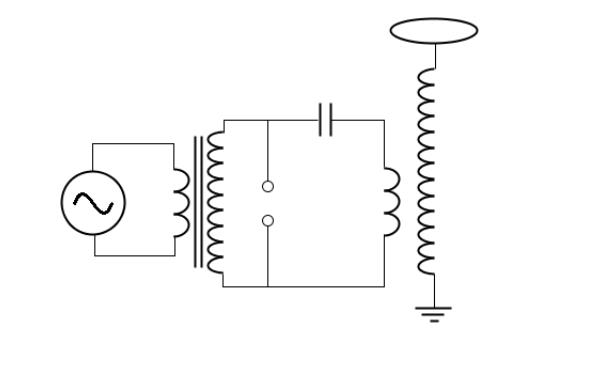Coupled Inductors

From distributing power over extensive distances to broadcasting radio signals, interconnected coils play a vital role in electrical systems. They facilitate voltage and current manipulation, impedance transfer within circuits, and electrical isolation between two circuits. Diverse applications leverage the characteristics of transformers, including tesla coils, audio frequency impedance matching, potential transformers for high-voltage readings, Scott-T transformers for phase conversion, among others. This instructional unit elucidates the functionalities of interconnected inductors and delves into the mathematical formulations governing their behavior. It covers concepts such as mutual inductance, dot notation, coupling coefficient, turns ratio, and the ideal transformer. Additionally, it offers insights into modeling interconnected inductors with practical examples using MapleSim.
When an electric current flows through a conductor, it generates a magnetic field. A constant current creates a stable magnetic field, while a changing current produces a varying magnetic field. Nearby conductors experience induced currents as the changing magnetic flux penetrates them, as described by Faraday's law. This phenomenon is referred to as inductance.
Exploring coupled inductance requires revisiting the relationship between voltage and current in an inductor. In the case of coupled inductors, depicted in Figure 1, two wires are wound around a magnetic core. Notably, these wires are wound in opposite directions around the core and induce voltages of the same polarity. This phenomenon is governed by Lenz's law. A changing magnetic field, resulting from the current, induces a current in the opposite direction in the coupled coil. Heinrich Lenz introduced the negative sign into Faraday's law of electromagnetic induction, as shown below.




